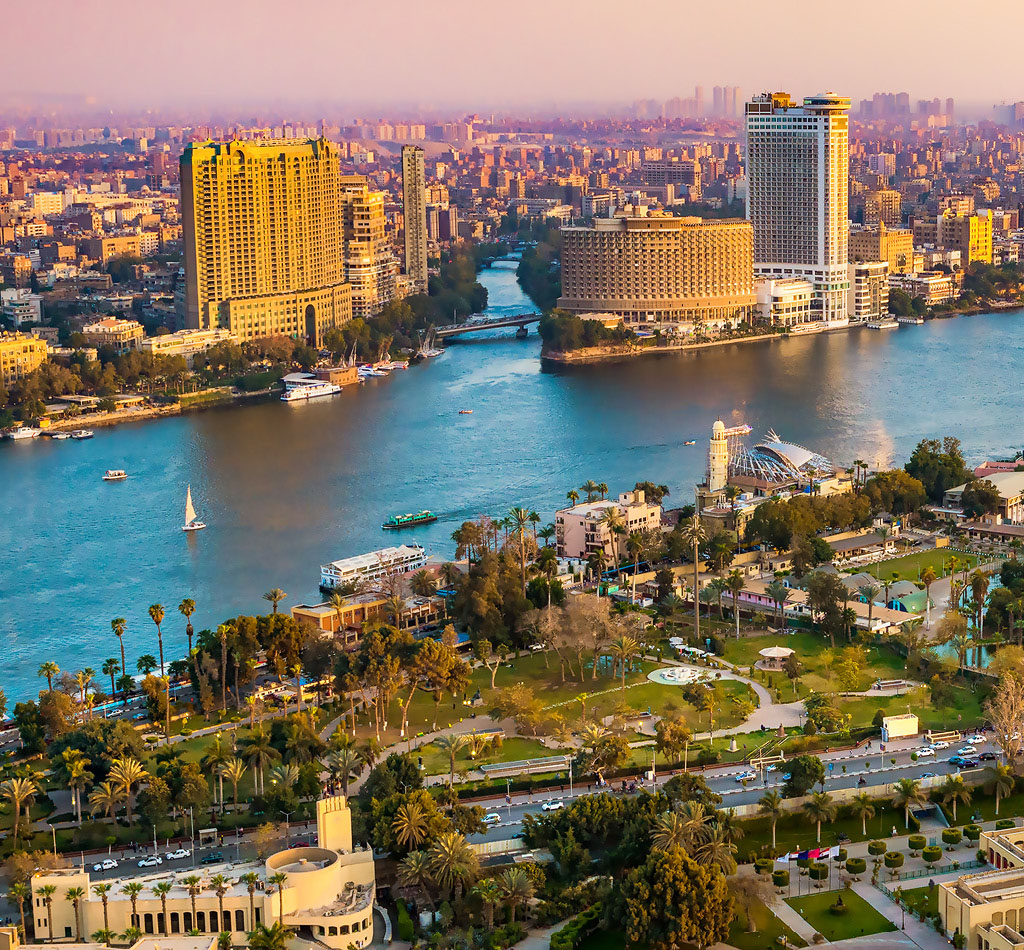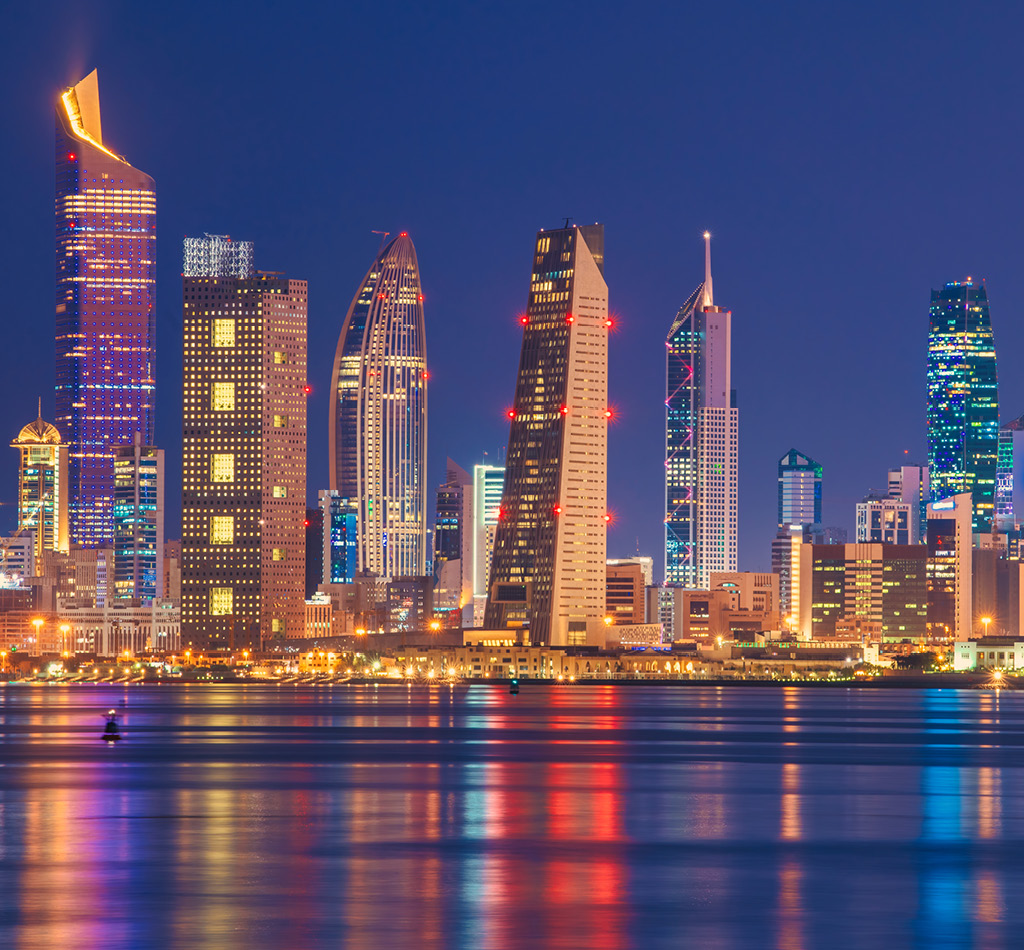Commentary
MENA Q3 2025 Manager Letter
October 29, 2025

MENA equity markets ended the third quarter of 2025 with returns of 4.6% for the S&P Pan Arab Composite (TR) Index Net versus the MSCI Emerging Markets Index which was up 10.6% in the same period. For the year-to-date end of September 30, MENA markets are up 8.8% compared to 27.5% for emerging markets (EM).
The factors driving the underperformance in MENA that we called out in our second quarter letter remain relevant today:
- Relative under-indexation to the AI theme, which explains the majority of returns in global equity markets this year;
- Weak USD, reducing the desire for owning USD-pegged risk assets; and,
- A low oil price, creating a visible fiscal overhang on most countries in the region.
So long as those factors remain simultaneously in play, it is difficult to imagine a scenario where MENA equities outperform. As a result of the year-to-date underperformance, MENA equities (as measured by the aforementioned S&P index) have lost their four-year premium valuation versus MSCI EM and now trade at a 15% discount on a forward P/E basis (as per Bloomberg data). As discussed before, return dispersion in the region is high and it is important that we single out the Saudi equity market as the main culprit for the regional underperformance; the Tadawul All Share Index is down 4.3% in the year to date ending September 30, 2025 while the S&P regional index is up 9.8% in the same period (we acknowledge the TASI is a price only index so the degree of underperformance is slightly overstated).
In our last letter we argued that Saudi valuations were attractive despite lower growth visibility. This is always an interesting backdrop for equities as diminished growth visibility justifiably lowers investor expectations. This usually results in lighter positioning/ownership as capital seeks out more interesting opportunities elsewhere (e.g., data from Argaam.com showed Saudi investors’ transaction value in US equities increased by 3x year-over-year in H1 2025). For myriad reasons (which we will not get into here), that setup appeared conducive for the Saudi Capital Markets Authority (CMA) to announce (initially via an interview on Bloomberg with a board member) a possible upward revision of foreign ownership limits (FOLs) on Saudi equities from the current 49% levels. While the details are still limited, the expectation is that the limit will be revised to 100% (as is common with most Qatari companies and with companies that are not classified as strategic in the UAE) in the coming few months. The flow implications are straightforward with various estimates putting expected passive and active inflows at $10 billion and $15 billion respectively from investors adjusting to an increase in Saudi’s weight (in a 100% foreign ownership scenario) in the MSCI EM from 3.1% to 3.9%, and FTSE EM from 3.6% to 4.5%. While inflows will be limited to a small group of large cap stocks (mainly in the banking sector) with high free floats (i.e., which have room to absorb foreign ownership), the magnitude of the inflows is substantial relative to the current share liquidity of those stocks. With light positioning and relatively low expectations, the market reacted as one would expect, rising 5.1% on September 24, the strongest one-day gain since March 2020.
While underlying fundamentals will not change with FOLs revised upward, this is yet another signal that regional governments consider their stock markets to be at the centre of their economic agenda and a live barometer of its success. While there are obvious moral hazards associated with regulatory intervention in the stock market, opening the market to foreigners is not one of them. In fact, we see it as a welcome step that should increase the relevance of the Saudi market in global equity allocations and improve transparency and corporate governance standards (which can be superior to other emerging markets we invest in). This episode is also another reminder that expectations embedded in stock prices (i.e., valuations) remain a critical part of the total return formula in stock investing and something we place great emphasis on in our investment process.
We see a more favourable set up for the region as we enter the last quarter of the year. This view is driven by an underlying bid associated with the FOL removal in Saudi (i.e., dips will be bought), a more stable DXY and hopes of a more stable geopolitical environment following the signing of the Trump peace plan in Egypt in October.
The portfolio continues to favour the Saudi and Qatari markets whilst being somewhat neutral on Kuwait and cautious on the UAE. For the latter, we are entering a period of heavy public and secondary issuances (perhaps a signal that insiders find these valuations too good to pass on) and that is likely to put pressure on that market. In addition, 2025 will be a high base for corporate earnings which will make earnings growth in 2026 mathematically lower than the previous three years. That being said, we are finding pockets of interesting opportunities in UAE energy services and infrastructure that we find attractive after a strong correction in valuations in the last month. In the smaller markets, we continue to increase our exposure to Egypt as we see green shoots emerge from subsiding inflationary pressure and the prospect of a lower rate regime in the next six to twelve months. In Morocco, the “Gen-Z” protests highlighted fragilities in the case for Morocco and gave the market reason to undergo a much-needed correction. We continue to like the long-term case for the country and have opportunistically reshuffled the portfolio and net added to our exposure during the recent correction.
We look forward to updating you on the strategy going forward.



